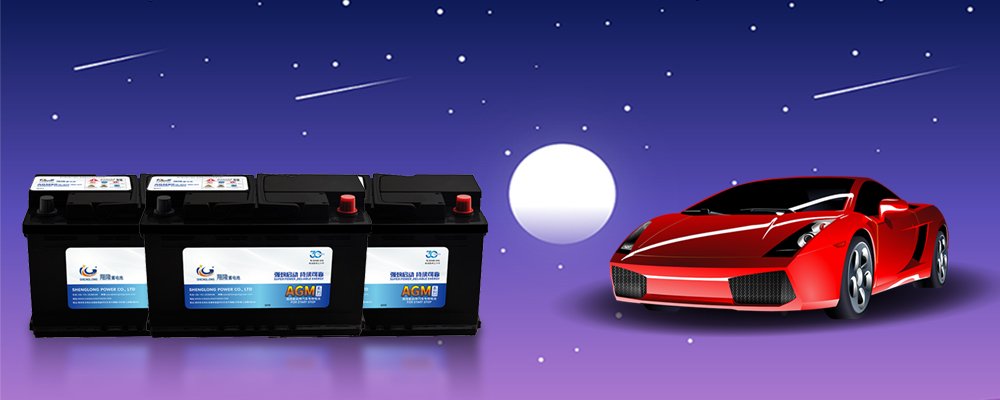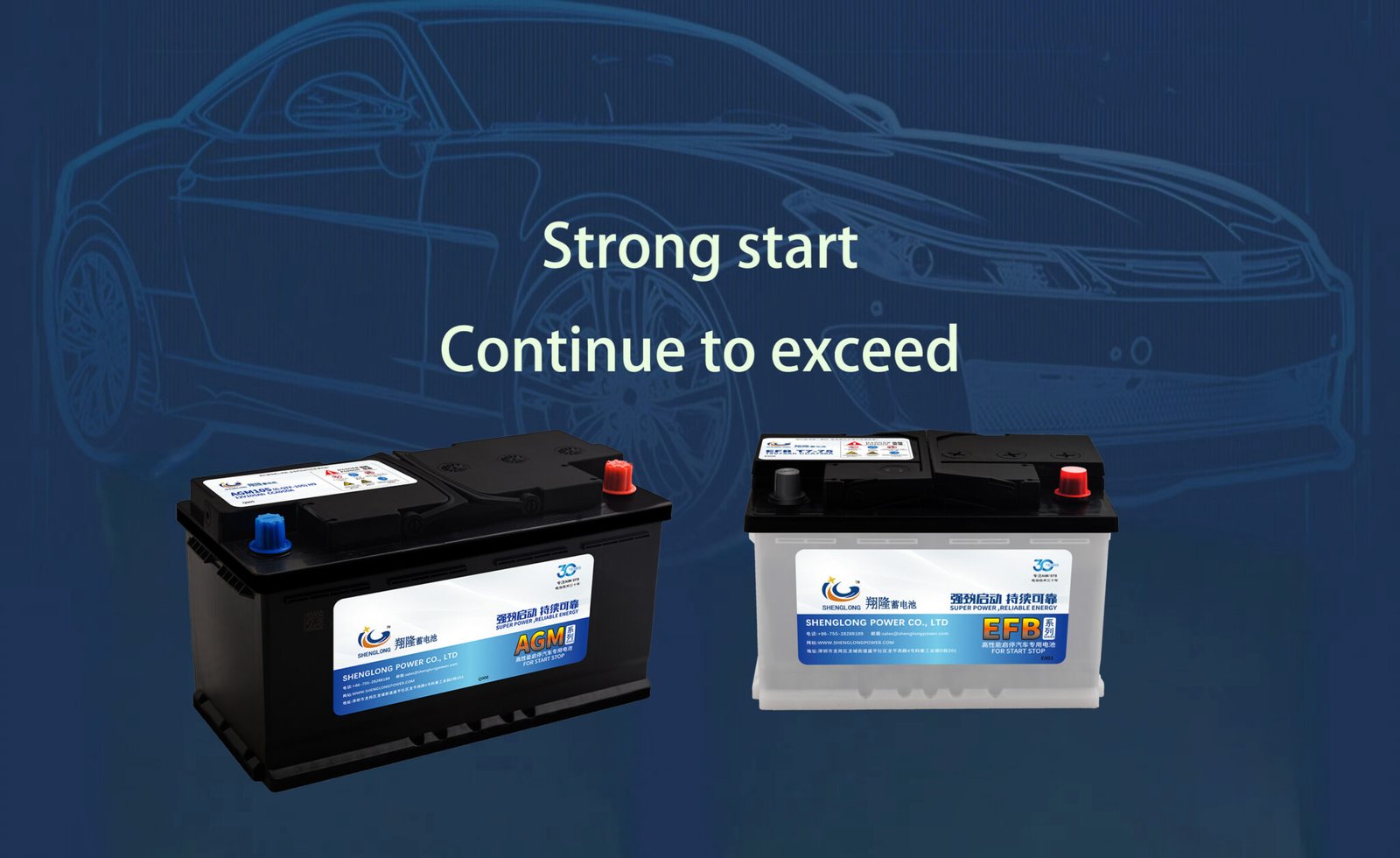Support
OUR SUPPORT
What we do
Battery Knowledge
Answer abstract and complex battery concepts in the most simple and understandable language
Services
SPACEFLIGHT always puts the customer at the center, providing customers with timely personalized service
Video
Meet face to face with SPACEFLIGHT Battery and SPACEFLIGHT’s state-of-the-art battery product technology
Company News
Stay up-to-date on SPACEFLIGHT news, trade show information and employee events
Solution
No matter what kind of battery your vehicle needs, can you find the right one here
FAQs
Comprehensive answers to your most concerned questions, let us understand each other

See More About Our Products

FAQs
How can the conversion be made between watts (W) and amp hours (Ah)?
W=I x V = 4I (15 minute rate) = 2CV = 2V (Ex. HC1217W = 17/4 = 4.25Ah)
How to charge your car battery with a charger?
To charge your car battery with a charger, first ensure your car and charger are off. Connect the charger’s red clip to the battery’s positive (+) terminal and the black clip to the negative (-) terminal. Set the charger to the correct voltage (usually 12V for cars). Turn on the charger and let it charge the battery until full, which could take several hours. Always refer to the charger’s manual for specific instructions.
How do I test my car battery?
To test your car battery, you can use a multimeter. Set it to measure voltage, connect the red lead to the battery’s positive terminal, and the black lead to the negative terminal. A healthy battery should show around 12.6 volts when the car is off. If the voltage is below 12.4 volts, the battery may need charging or replacement.
What is the difference between a stop/start battery and a normal battery?
A stop/start battery is designed for vehicles with an automatic stop/start system, which turns off the engine at idle to save fuel. These batteries can handle frequent starts and stops better than normal batteries, as they’re made to endure deep discharges and rapid recharges without degrading quickly. Normal batteries might not withstand the wear and tear from a stop/start system as effectively.
How long does a start-stop battery last?
A start-stop battery’s lifespan varies depending on usage, but typically they can last between 3 to 5 years. Factors like driving habits, climate, and how frequently the start-stop system is used can affect longevity. They’re built to handle more cycles of starting and stopping than conventional batteries, but still require replacement after their service life.
What does maintenance free car battery mean?
A maintenance-free car battery is sealed and designed not to require regular topping up of distilled water, unlike traditional lead-acid batteries. They’re typically made with absorbent glass mat (AGM) or gel technology, which contains the electrolyte more securely, reducing evaporation and leakage. This design makes them more convenient and safer for users.
What are the advantages of AGM batteries?
AGM (Absorbent Glass Mat) batteries offer several advantages, including higher resistance to vibration, reduced risk of leakage, and better performance in cold temperatures. They charge faster than traditional lead-acid batteries and have a longer lifespan. AGM batteries are also maintenance-free, making them a convenient option for many applications.
Does the battery charge while driving?
Yes, the battery charges while driving. The alternator generates electricity as the engine runs, which charges the battery after it has powered the car’s starter and supplies electrical energy to the vehicle’s systems. However, short trips may not allow enough time for the battery to fully recharge if it’s significantly depleted.
How to extend the life of the car battery?
To extend the life of your car battery, follow these tips:
Keep it clean: Ensure the battery terminals and case are free from corrosion and dirt, which can cause discharge and poor connections.
Secure it properly: Ensure the battery is firmly mounted to minimize vibrations that can damage the internal components.
Regular checks: Perform regular voltage checks with a multimeter to ensure it’s maintaining charge (should be around 12.6 volts when fully charged).
Drive regularly: Regular use ensures the battery stays charged. Long periods of inactivity can lead to sulfation, which can impair performance.
Avoid short trips: Short trips prevent the battery from fully charging. Try to take longer drives to allow the battery to charge fully.
Turn off electronics when the engine is off: Using electronics like the radio or lights while the engine is off can drain the battery.
How to maintain the car battery if it is not used for a long time?
If your car battery will not be used for a long time, consider the following to maintain its health:
Disconnect the battery: If you’re not planning to use the car for several weeks, consider disconnecting the negative terminal to prevent battery drain.
Use a battery maintainer: A battery maintainer can keep the battery at optimal charge without overcharging it, which is ideal for long-term storage.
Store in a cool, dry place: Extreme temperatures can affect a battery’s performance. If possible, store the vehicle in a garage to protect the battery.
Check the charge regularly: Even with precautions, check the battery’s charge every few weeks and recharge if necessary to keep it from fully depleting.
Keep it clean: Ensure the battery and its terminals are clean before storage to prevent corrosion and ensure a good connection when you reconnect it.
